
Canine lovers put a tremendous amount of time and energy into the health and wellness of their dogs. Be it trips to the vet, dates with the groomer, or afternoons at the spa, many dog owners exhaust more resources taking care of their best friends than they do themselves! However, despite the best intentions of the most well-meaning owners, a dog’s tooth care is often overlooked. Similar to humans, dogs are susceptible to the same nasty gremlins that scourge the world’s teeth – such as plaque and tartar buildup. Left unattended to for long enough, this unhealthy buildup can damage your pet’s teeth and eventually lead to gum disease. Luckily, tooth damage and gum disease can be easily avoided by brushing your dog’s teeth.
Before you begin brushing your pup’s teeth, it makes sense to first find a helper – ideally somebody your four-legged friend is both familiar with and trusts. While brushing your own teeth is likely a solo activity, it is much easier to have two people involved when brushing your dog’s teeth. That way, one person can hold the dog while the other brushes his teeth. Once your dog gets used to having his teeth brushed, you will likely be able to complete this task on your own. However, having two people involved (at least initially) will likely make both you and your dog more comfortable.
Once you have found someone to hold your pup, begin by first giving your dog a small taste of the toothpaste. Though it may not sound like it, this is an important step. Using toothpaste your dog enjoys will make for a much easier brushing experience. Unlike the classic mint flavored pastes offered by Crest or Colgate, canine toothpaste often comes in funky flavors such as beef or chicken. Nine times out of ten, these flavors are a homerun.
After your dog has sampled the cuisine, start by first brushing only one tooth – one of his canines would be recommended due to its size and positioning within the mouth. Though you will be using a toothbrush, it is important not to brush your pet’s teeth with the same scrupulousness as you’d brush your own. Canine toothpastes are designed to break apart plaque upon impact, so only two or so seconds of brushing per tooth is necessary.
Once you have brushed his first tooth, pause to assess the situation. If your dog seems relaxed, continue by brushing a second tooth. Depending on your dog’s level of comfort during the brushing process, you may even begin brushing several teeth at a time. If your dog seems squirmy or panicked, do not rush the process. Take your time so as to avoid accidents or unintentionally bites.
In an ideal world, your dog’s teeth should be brushed daily. However, if your schedule will not accommodate such a stringent dental itinerary, try for two (or maybe even three) times a week. Through routine brushing, your dog will avoid the large majority of (potentially costly) dental issues and have one of the best smiles on your block!
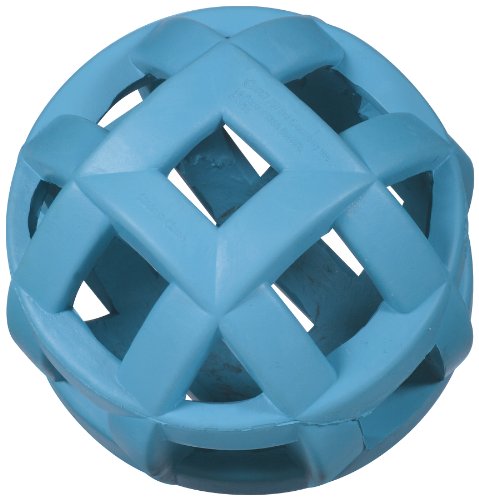 My Dog Chews Everything
Why Dogs ChewSome dogs are n
My Dog Chews Everything
Why Dogs ChewSome dogs are n
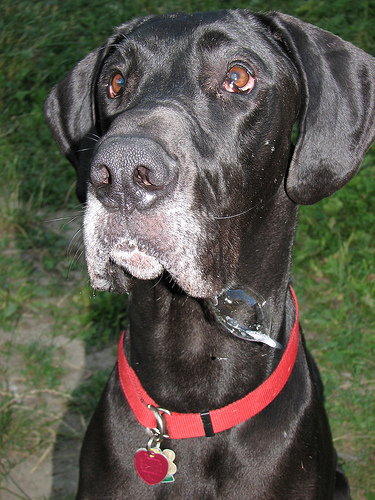 Dog Breeds That Drool and Slobber
12 Breeds That Drool and Slobber
Life with a breed
Dog Breeds That Drool and Slobber
12 Breeds That Drool and Slobber
Life with a breed
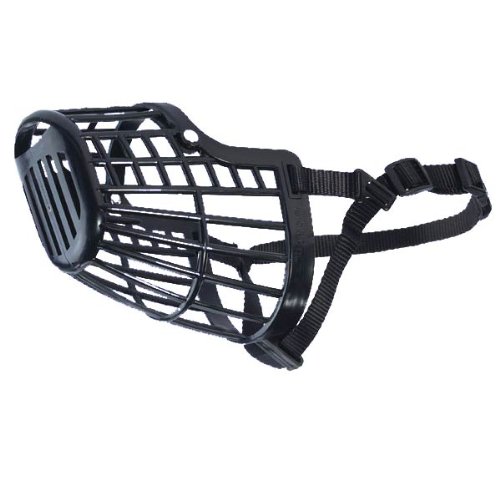 Dog Muzzle
If you are unsure about your
Dog Muzzle
If you are unsure about your
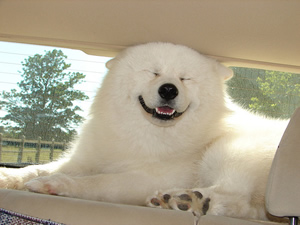 Adventures with Your Dog: 23 Ways To Spend Quality Time With Your Pooch!
23 Great Adventures With Your Dog
Its important to spend
Adventures with Your Dog: 23 Ways To Spend Quality Time With Your Pooch!
23 Great Adventures With Your Dog
Its important to spend
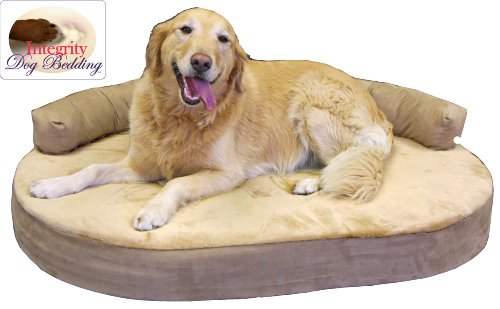 Is Rice Laced With Arsenic?
Credit: Copyright of iStockphoto. Licensed to
Is Rice Laced With Arsenic?
Credit: Copyright of iStockphoto. Licensed to
Copyright © 2005-2016 Pet Information All Rights Reserved
Contact us: www162date@outlook.com